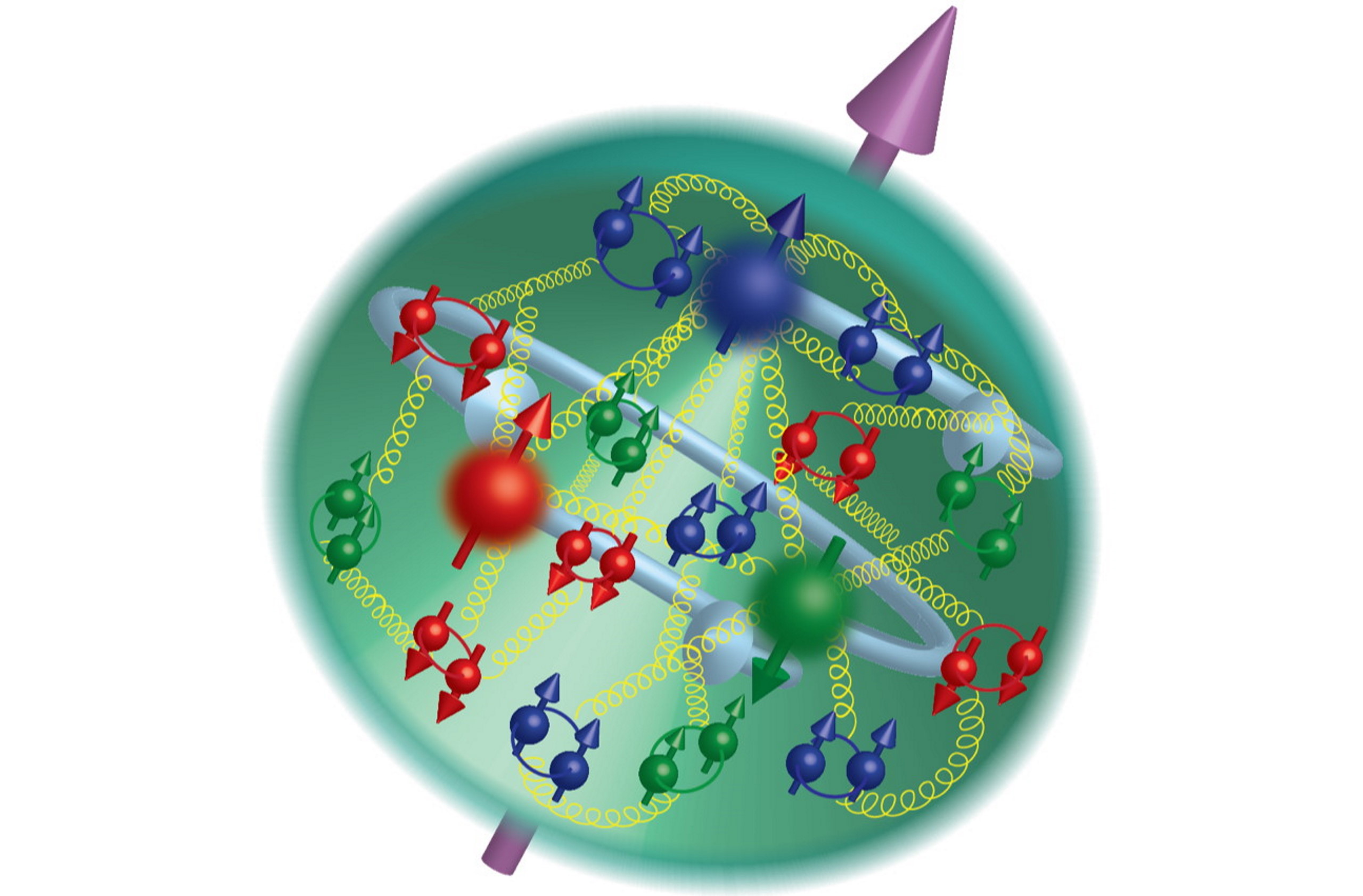Theoretical Physicist Lawrence Krauss explains the different types of nothing. Or something.
Lawrence Krauss: When you think about nothing you have to be a little more careful than you normally are because, in fact, nothing is a physical concept because it's the absence of something, and something is a physical concept. And what we've learned over the last hundred years is that nothing is much more complicated than we would've imagined otherwise.
For example, the simplest kind of nothing is the kind of nothing of the Bible. Say an infinite empty space, an infinite dark void of the Bible. You know, nothing in it, no particles, no radiation, nothing. Well, that kind of nothing turns out to be full of stuff in a way or at least much more complicated than you might have imagined because due to the laws of quantum mechanics and relativity, we now know that empty space is a boiling bubbling brew of virtual particles that are popping in and out of existence at every moment.
And in fact, for that kind of nothing, if you wait long enough, you're guaranteed by the laws of quantum mechanics to produce something. So the difference between empty space with stuff in it and empty space with nothing in it is not that great anymore. In fact, they're different versions of the same thing. So the transition from nothing to something is not so surprising. Now you might say well that's not good enough because you have space. Where did the space come from? Well, a more demanding definition of nothing is no space, but, in fact, once you apply the laws of quantum mechanics to gravity itself, then space itself becomes a quantum mechanical variable and fluctuates in and out of existence and you can literally, by the laws of quantum mechanics, create universes.
Create spaces and times, where there was no space and time before. So now you got no particles, no radiation, no space, no time, that sounds like nothing. But then you might say, well, you know what, you got the laws of physics. You got the laws of nature. The laws themselves are somehow something; although, I would argue in fact that that is not at all obvious or clear or necessary. But even there, it turns out physics potentially has an answer because we now have good reason to believe that even the laws of physics themselves are kind of arbitrary.
There may be an infinite number of universes, and in each universe that's been created, the laws of physics are different. It's completely random. And the laws themselves come into existence when the universe comes into existence. So there's no pre-existing fundamental law. Anything that can happen, does happen. And therefore, you got no laws, no space, no time, no particles, no radiation. That's a pretty good definition of nothing.
Directed / Produced by Jonathan Fowler and Elizabeth Rodd






